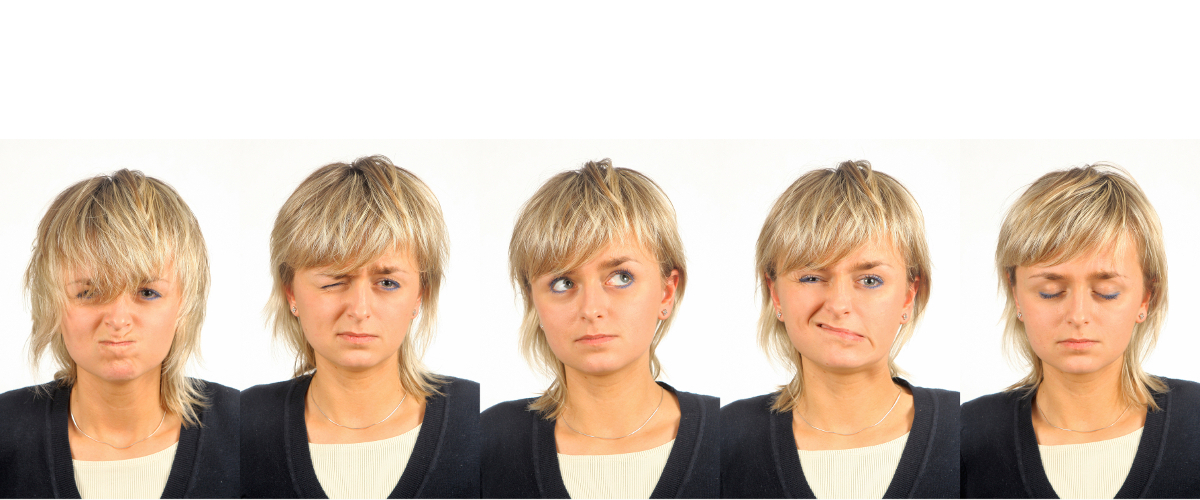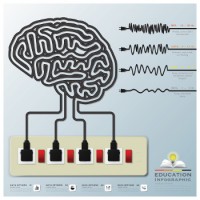
Personality Disorders are “pervasive and persistent, maladaptive patterns of interacting with others,” according to the diagnostic and training manuals used to guide psychologists in their work. Unwinding this psycho-jargon, the description means that if you’re stuck in a repetitive pattern of unsatisfying relationships with others and chronic feelings of emptiness, loneliness or self-defeating beliefs about yourself, you may be suffering from a personality disorder. Examples of personality disorders are Narcissistic Personality Disorder, Borderline Personality Disorder, and Dissociative Personality Disorder. The individual with a personality disorder usually evokes feelings of anger and unhappiness in others as well as in himself or herself.
TREATMENT
Treatment for personality disorders requires patient, consistent participation in individual and sometimes group therapy sessions. The current leading approach to treating personality disorders is called DBT, Dialectical Behavior Therapy. DBT is an educational treatment method that teaches individuals to become more self-aware, less reactive, more accountable and more able to create the life they want to lead rather than being a victim of intense, ineffectively bounded anger and despair. Treatment for personality disorders usually requires weekly sessions for at least six months. People in treatment for this condition actually do better if they can attend sessions more than once a week in the beginning. Resolution of despair, need to control others and feelings of being a helpless victim or of being used by others begin to diminish gradually at first, becoming more prominent as you acquire greater effectiveness in the skill of self-management. The goal of treatment for personality disorders is the same as the goal of therapy in general in my practice: the achievement of healthy self-determination as a pathway to true happiness.





